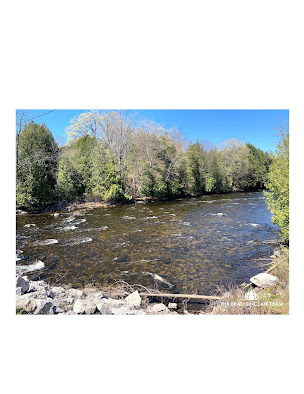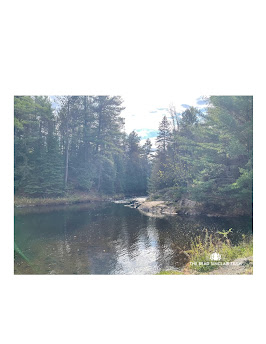Kawartha Highlands Provincial Park is a memorable place with
many opportunities to experience the outdoors ranging from backcountry canoeing
and camping to a short hike. Kawartha Highlands Provincial Park is open all
year long, for exciting adventures in any season. Visitors can enjoy
shorter hikes, fishing, birdwatching and other nature-based activities. Kawartha
Highlands Provincial Park is a relatively new park (it was designated as a
provincial park in 2005 and became operational in 2011). Kawartha Highlands
Provincial Park is the second largest park in southern Ontario next to
Algonquin provincial park. Kawartha Highlands Provincial Park offers an
alternative to avoid the crowded, and often difficult-to-book Algonquin
Provincial Park. Kawartha Highlands presents all of the beauty with less of the
frustration of Ontario’s most popular provincial park.
Kawartha Highlands Provincial Park spans four geographic
townships of Cavendish, Harvey, Burleigh and Anstruther, in the northern half
of Peterborough County. Situated along the southern edge of the Canadian
Shield, this relatively undeveloped area encompasses over 35,000 hectares.
Regional
topography features a rugged rolling landscape of small lakes, wetlands,
forests with wooded hills, rocky barrens, and deep valleys. Soils are
generally shallow, with areas of exposed bedrock. There are over 500 private
properties which are surrounded by Kawartha Highlands. The most significant
cottage development occurs on Anstruther Lake, Wolf Lake, Loon Call Lake, and Long
Lake. None of these properties are regulated as part of the park, and all are
governed by municipal by-laws and other applicable legislation and regulations.
As a natural environment park, Kawartha Highland's focus is the protection of
its landscapes and natural surroundings however some acceptable
wilderness activities include: Canoeing, Kayaking, Fishing/Ice fishing, Boating,
Hunting, Snowmobiling, Camping (both in summer and winter), and Wildlife Viewing.
Kawartha Highlands Provincial Park is about two hours from the Toronto area and has very limited services compared to many provincial parks in Ontario. There is no official visitor’s center, if you plan on camping in Kawartha Highlands Provincial Park be prepared to canoe to one of the over 100 campsites within the park. Reservations are recommended to secure your campsite. There are six recommended Kawartha Highlands Provincial Park canoe loops. The loops range from easy to moderate in difficulty. In the fall, the maple trees beam with vibrant red colours and the poplars with vibrant yellows. For a unique view of the fall foliage, explore the area by water. You can also take a nice day walk along the park trails, or at portage points.











